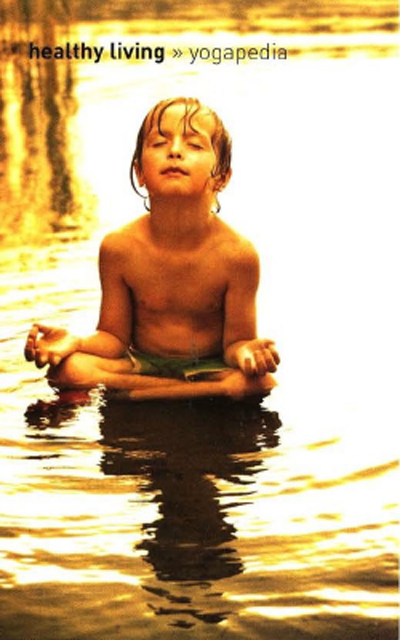
Published in Common Ground Magazine, March 2010
 The other day, as I was walking down the street, I noticed a man with a small dog be tween his feet. Every time someone walked past, the dog would step forward and bark, then the man would bend over and raise his hand as though to hit the dog. The little dog would dart between the man’s legs, curl his tail timidly under him, tremble in fear – and bark even louder.
The other day, as I was walking down the street, I noticed a man with a small dog be tween his feet. Every time someone walked past, the dog would step forward and bark, then the man would bend over and raise his hand as though to hit the dog. The little dog would dart between the man’s legs, curl his tail timidly under him, tremble in fear – and bark even louder.
When we try to maintain discipline through threats and violence, we breed fear and anger. But if we lead with compassion and model appropriate behavior through speaking kindly and having fun, we help everyone to feel safe enough to share the best of who they are.
These principles apply equally well to children as they do to chihuahuas. Human beings, like untrained puppies, are a raw mix of good and bad, of kindness, caring, and generosity, as well as fear, greed, and anger. We need help to cultivate more of the goodness – the compassionate tenderness and love we feel for ourselves and others. We also need ways to diminish the badness – the fearful aggression that is unique to our species.
Part of our role as adults is to help our young ones understand how to live in this world. We give them the rules governing simple, mundane things, like “look both ways before you cross the street” and also more complex things: how to relate with others, how to share ourselves and our possessions, and how to know right from wrong.
Sometimes the roles switch, and children become our teachers. One time, as I taught yoga to a class of fifth- and sixth-graders, the school principal appeared at the door, diverting my attention. When I returned, the kids were all quacking out loud and waddling like ducks. Instead of getting upset, J decided to join them. Kids remind us of what we may have forgotten – the importance of play. How we do something influences what we take away from it. If we are overly serious and in tense in how we share the practice of yoga, what a child learns is how to be serious and intense. The yoga is lost along the way.
How do we distill the principles of yoga to make them accessible to our young students? Here are some simple guidelines that can help:
1. Non-harming. For the time that we are in class together, we set the intention not to harm ourselves or others through our actions or words.
2. Respect. For the time that we are in class together, we set the intention to treat ourselves and each other with respect. In some cases, this may include not talking directly to one another or touching each other during class. Taking the guidelines to this level really helps with the next one.
3. Focus on yourself. Don’t worry about what others are doing. Give your full attention to your own body and mind. Let it be your yoga class, a time to nourish yourself and not worry about others.
4. Give full effort! Be willing to try your best, even when something is difficult for you. Don’t give up. fully participate for your own pleasure and gain.
Try presenting these guidelines as a discussion. For example, say to your young pupils, ”The first guideline we have in yoga class is ‘non-harming: What does this mean to you?” Listen closely to theil· replies. Some will be serious, some will be playful, and some may be a bit off the mark. Honor their comments, and steer them in the direction of deeper understanding. In Peace is Every Step, Thich Nhat Hanh relates a story of a child who suddenly realized, “I am the Buddha!” Thich Nhat Hanh replies, “Sometimes you are the Buddha, and sometimes you are not:’
The intention behind these guidelines – and the guidance of a wise teacher – is to help us manifest our Buddha nature more and more while we simultaneously heal, resolve, and relinquish our devilish, destructive nature. We need a lot of help with this task. Try repeating the guidelines once a week for the first month, and then once a month after that. Remember that these guidelines will be broken. This does not mean that something has gone “wrong:’ It is simply an opportunity to be gin again. We are all just trying to learn the rules for being human and alive. Luck ily, the dogged determination of humans gives us the potential for miracles,.

